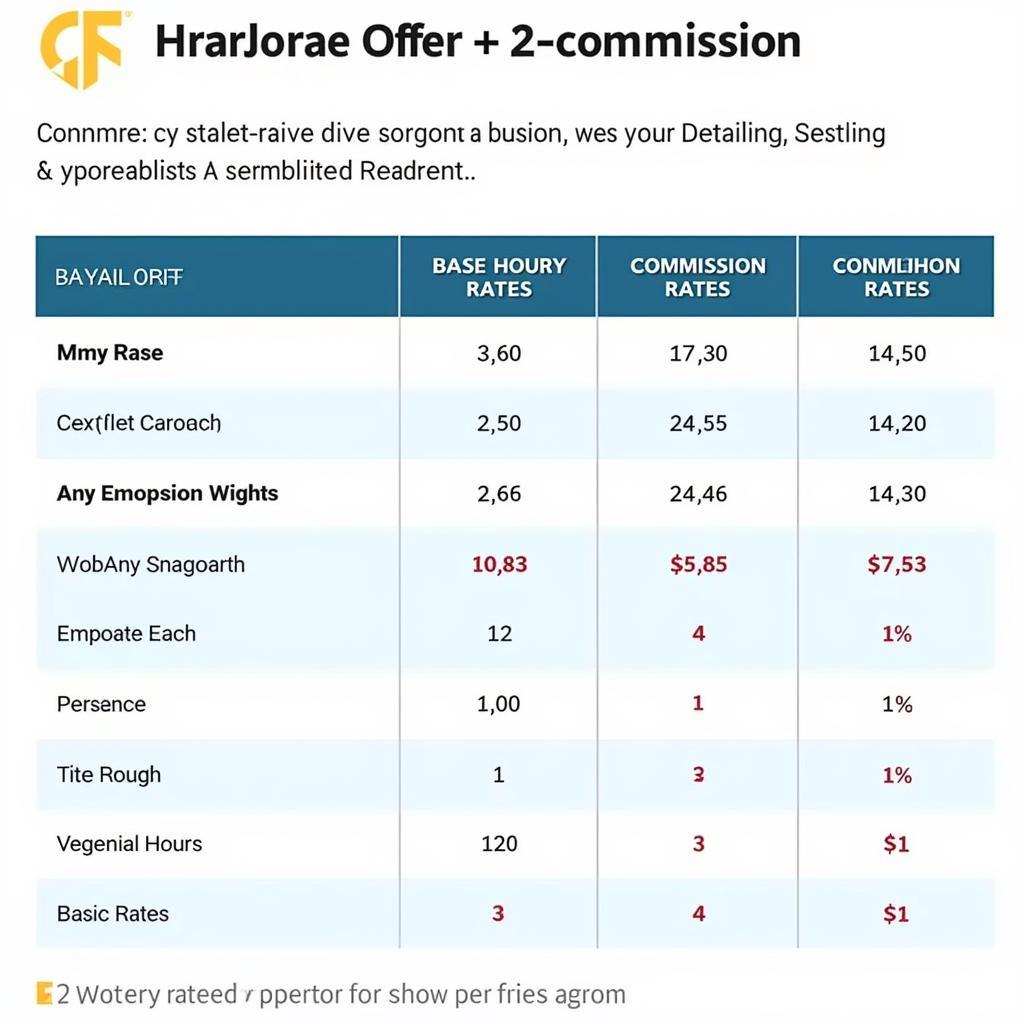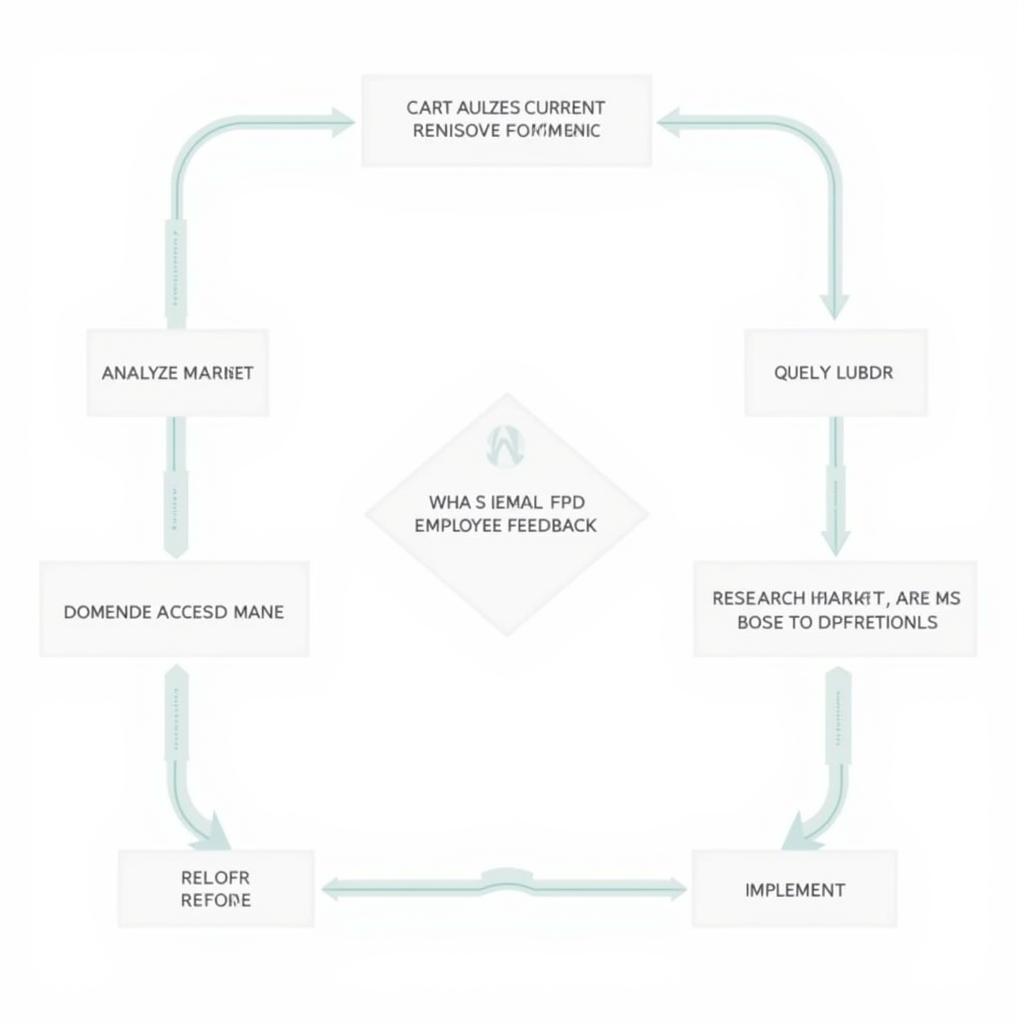Car detailing commission structures can be complex, and understanding how to pay your detailers fairly and effectively is crucial for business success. Whether you run a dealership, a detailing shop, or manage a team of mobile detailers, getting your commission structure right incentivizes your employees and boosts your bottom line. This article dives deep into the various methods of calculating and distributing car detailing commission, helping you choose the best fit for your business model.
Choosing the Right Commission Structure
There are several ways to structure car detailing commission. Each has its pros and cons, and the best option depends on factors like your business size, the types of detailing services offered, and your overall business goals. Choosing the right structure can significantly impact employee motivation and, subsequently, your profit margins. Similar to how much does a car detailer make at a dealership, understanding compensation models is key.
Percentage-Based Commission
This is the most common method, where detailers earn a percentage of the total price of each detailing job they complete. The percentage can vary based on the complexity of the detail, experience of the detailer, or even the type of vehicle. For instance, a detailer might earn 30% for a basic wash and wax, but 40% for a full interior and exterior detail. This system encourages detailers to upsell services and increase their earnings.
Flat Rate Commission
With this method, detailers receive a fixed amount for each type of detailing service. This provides a predictable income for detailers, simplifying payroll calculations. However, it might not incentivize upselling or handling more complex details.
Hourly Rate Plus Commission
This hybrid approach combines the stability of an hourly wage with the performance-based incentive of a commission. Detailers receive a base hourly rate, plus a smaller percentage commission on each job. This can be particularly beneficial for new detailers still building their skills and client base. Learning how to pay car detailer commission effectively involves considering these hybrid models.
 Hourly Rate Plus Commission Structure for Car Detailers
Hourly Rate Plus Commission Structure for Car Detailers
Tiered Commission Structure
A tiered system rewards detailers with increasing commission percentages as they reach certain sales targets or performance milestones. This encourages consistent high performance and can be a powerful motivator for ambitious detailers.
Legal Considerations and Best Practices
Understanding legal obligations surrounding commission payments is paramount. This includes accurate record-keeping, transparent pay stubs, and compliance with minimum wage laws. You should also have a clearly defined commission agreement outlining all terms and conditions. Just as important as knowing how much does cleen sweep car wash and detailing pay, understanding legal aspects is vital.
Tracking and Documentation
Maintaining detailed records of each detailing job, including the service provided, price, and commission earned, is essential for accurate and timely payments. Utilizing software or digital tools can streamline this process.
Transparent Communication
Open communication with your detailers about the commission structure, performance expectations, and payment schedule fosters trust and motivates performance. Regular performance reviews and feedback sessions are crucial.
Optimizing Your Commission Structure
The most effective commission structure is one that aligns with your business objectives and motivates your detailers. Regularly reviewing and adjusting your commission structure based on market trends, employee feedback, and business performance is vital for long-term success. Consider offering bonuses for exceptional performance, customer satisfaction, or achieving specific sales goals. This can further incentivize your team and contribute to a positive work environment.
 Optimizing Car Detailing Commission Structure
Optimizing Car Detailing Commission Structure
Conclusion
Understanding How To Pay Car Detailing Commission effectively is a critical aspect of running a successful detailing business. By carefully considering the different commission structures, legal requirements, and best practices outlined in this article, you can create a system that benefits both your business and your detailers, leading to increased productivity, higher employee retention, and improved profitability. Don’t hesitate to consult with legal and financial professionals to ensure your commission structure is compliant and optimized for your specific business needs.
FAQ
-
What is the average car detailing commission rate?
Commission rates typically range from 25% to 50%, depending on various factors. -
How often should car detailing commissions be paid?
Commissions are typically paid weekly, bi-weekly, or monthly. -
Can commission structures be based on different services offered?
Yes, commission structures can vary based on the complexity and price of different detailing services. -
What are the legal requirements for paying commissions?
Legal requirements vary by location, but generally include accurate record-keeping, transparent pay stubs, and compliance with minimum wage laws. -
How can I track car detailing commissions effectively?
Utilizing software or digital tools can streamline the tracking and documentation process. -
What are some best practices for communicating commission structures to employees?
Open communication, clear documentation, and regular performance reviews are crucial. -
How can I optimize my car detailing commission structure?
Regularly review and adjust your structure based on market trends, employee feedback, and business performance. Consider offering bonuses and incentives.
For further information on related topics, explore our articles on how to pay car detailer commission.
Need support? Contact us via WhatsApp: +1(641)206-8880, or Email: [email protected]. Our customer service team is available 24/7.

Leave a Reply